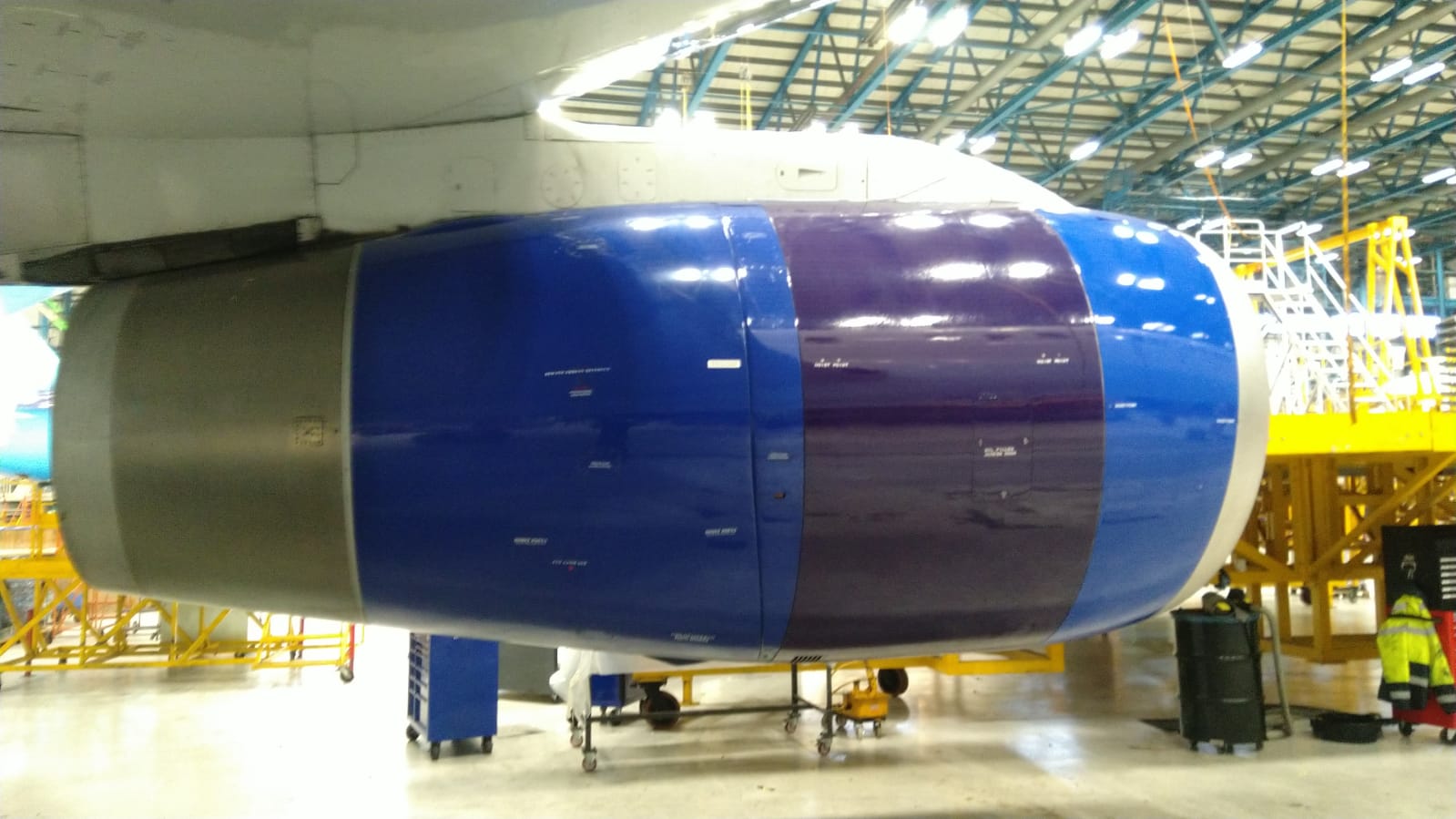The mid lease inspection is a topic that we have considered in a couple of posts prior to this and we continue to look at how we break down the requirements and what we might look at.
A large part of the aircraft lease agreement will, of course, be focussed on aircraft maintenance; it is important to know that during operation the aircraft will operate with a maintenance plan based on the current environment, utilisation and include influences such as the airline reliability programme.
This means that the maintenance plan currently being used might have adjusted intervals for some tasks or additional tasks for example – during operation, this is normal and not a concern. Additionally, there may be some repetitive tasks and items with limited life being carried too heavy maintenance inputs also – again these are not an issue as long as they are controlled during operation.
For the lease return, these will be rectified and addressed as required.
So considering the aircraft maintenance we might look to view some of the aircraft documentation in relation to the maintenance such as:
Aircraft check maintenance history with copies as available of the certificate or release to service.
The aircraft maintenance check packages detailing the works carried out.
The current aircraft approved maintenance plan & a list of all tasks indicating the threshold commonly referred to as the last done and next due LDND.
Details for the Out-Of-Phase (OOP) maintenance; these are tasks that do not fall in line with the scheduled maintenance checks.
Consider the weight & balance records and if the aircraft has been painted – there should be supporting documentation also for this.
We can also look to conform the statement of fluids used (oil/hydraulics etc) and review the aircraft technical log and if applicable then the cabin bog books also.
There are additional considerations that we will look to review and you can find out more on one of the courses we offer and get access to checklists for such events.
Be sure to follow us and we will consider each of the different areas you will consider in a series of posts.
Why not follow us on LinkedIn for more or consider one of the courses we offer HERE
